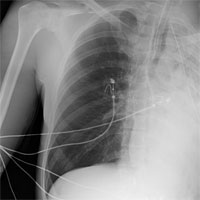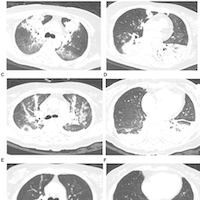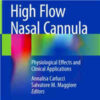Doubling Down on Re-Expansion Pulmonary Edema: Treatment Approach and Ventilator Management
emra.org
The treatment of choice for a pneumothorax is a chest tube, and when the small pig-tail catheter doesn’t do the job, the answer is to replace it with a larger bore – right? Not so fast. The exact mechanism of REPE is not clear. The current theory is that lung expansion leads to increased vascular permeability. Rapid inflow of blood to atelectatic lung segments results in an increase in both pulmonary capillary and hydrostatic pressures. The increased flow and permeability in the setting of alveolar injury contribute to the transudation of inflammatory mediators into the lung. Inflammatory molecules such as nitric oxide and free radicals alter capillary permeability leading to pulmonary edema and the clinical symptoms of hypoxia and tachypnea as seen in the aforementioned patient. The amount of time the lung remains collapsed is a major contributing factor of REPE. The timeline varies, with several cases reporting REPE’s onset from hours after lung collapse to between 3 and 7 days. REPE is often diagnosed on CXR; however, clinical symptoms of tachypnea and dyspnea generally develop within less than an hour of chest tube thoracostomy. In the aforementioned case, chest trauma in the preceding 3 days as well as the persistence of symptoms after appropriate chest tube placement offer strong supporting evidence for REPE.














